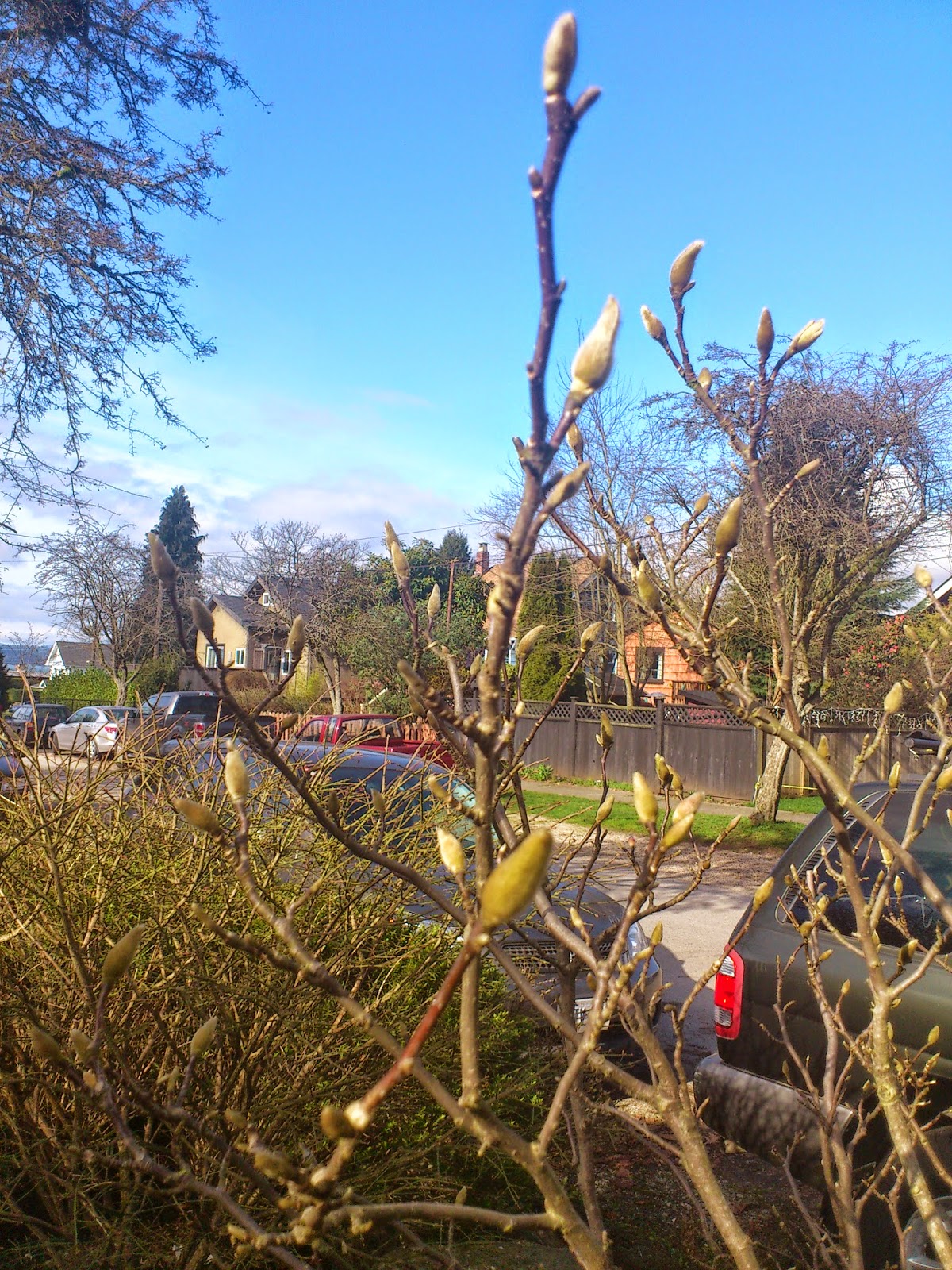The year is 1874 and it was a big one for Gastown/Granville/future Vancouver. An educated, well-to-do, bookish man by the name of Joseph Mannion arrived. He built and opened the Granville Hotel and Joseph Reed also became an innkeeper. Ike Johns succeeded Tompkins Brew as government agent and a McKendry opened a shoe repair shop.
This was the year a daily steamboat service was established to New Westminster.
The Victoria Directory listed 146 males and '14 Chinamen' living in Moodyville, Hastings and Granville in 1874. This was probably less than a third of the resident men. Indians, part-Indians, Kanakas and men in logging camps were not included and many familiar inlet names are missing.
A significant change appears in Moodyville. Originally, a bone-dry bailwick, Henry Hogan was now operating the Terminus Saloon.
Around the end of the year - after Abbie's wedding - the Pattersons moved to Moodyville.
Meet Arnold, the Lobster.
The Point Atkinson Lighthouse was under construction in 1874, opening March 17, 1875. During this period there were no North Shore mountains named "Lions" or "Lion's Gate". The pioneers of the time called the two peaks, Sheba's Paps.
But back to the directory. It didn't list a few people living at the mill like "Dumps" Baker who was a part-time stevedore. That is when he wasn't ranging the woods for deer with his pack of gaunt hounds. Or "Cinch" Smith, the ex-navy mill foreman; "Cousin Jack" Treyenza, the Cornish tallyman; Alex Merryfield, the dignified head sawyer; August Nielson, the Swedish planerman.
Then there was "Silly Billy" Frost. Silly Billy earned his nickname when the wharf was being built. He sat on the outside end of a plank and sawed it off. Frost was the mill's greaser or "dog-fish-oil expert" (all lubricants then came from the local waters). When not patrolling the flume that ran from Tea Swamp - south and east of the present Kingsway and Main - to the mill that is. Water from the peat bog was acid enough that the mill never had to be shut down to clean scale from the boilers.
Another person not on the directory is Dick Isaacs who lived near the mill. Dick lost one arm and the other hand when the trimsaw broke loose from the guide-rope one day.
Back in Gastown, there were a few changes. George Black no longer slaughtered beasts on his back porch. He now had an abattoir on False Creek. At the west end of Gastown, crews logging from the present Victory Square opened a skid row down Cambie Street to the inlet.
On the Kanaka Rancherie there was a pretty little girl. "Little Scottsie Two-Tails". She was always neat and clean with her two pig-tails and a Glengarry tartan cap. I don't know how the world treated this Kanaka-Inidian child but her Indian mother told her,
"Learn to act like white people - either go up or down, that is your choice..."
Once again, thanks goes to the book Vancouver, From Milltown to Metropolis by Alan Morley.
I hope you find the beauty around you.






















































.jpg)

.jpg)

.jpg)
